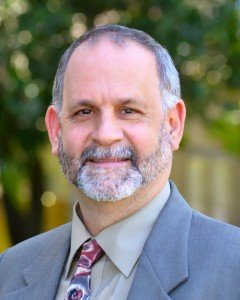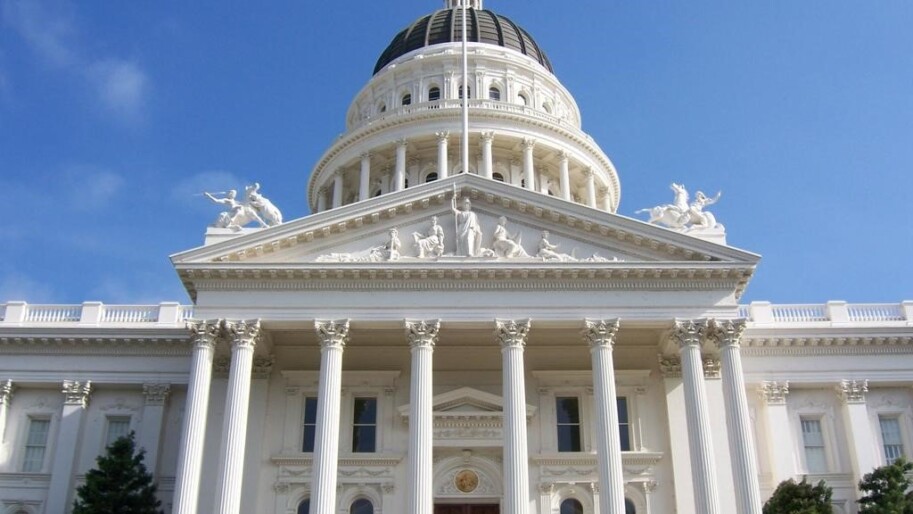Overview
During the 2015/16 two-year California legislative session, which came to a close on August 31st, The Climate Center engaged on several important bills with climate and energy implications. Below is a run-down of some of them, and how they fared in the legislature. Note that at the time of this update, several of the bills, though passed by the legislature, remain to be signed by the governor. Highlights from this year include the allocation of cap and trade revenues, and substantial efforts to reform the CPUC.
Cap and Trade Revenue
In the closing hours of the session, the legislature and the Governor worked out a deal on how to spend about $900 million of the state’s current $1.4 billion in cap and trade revenue. This new agreement allocates $135 million for transit projects such as intercity and commuter rail systems, $133 million for the state’s main subsidy program for low and zero-emission vehicles, $80 million for a second subsidy for low-income Californians living in poorer parts of Los Angeles and the San Joaquin Valley, and about $140 million for grants to low-income communities for home and business energy upgrades. Multiple bills enable this agreement.
Senate Bills
SB 32 (Dependent upon passage of AB 197), Pavley. This bill continues and reinforces California’s GHG reduction efforts initiated with AB 32’s “Global Warming Solutions Act” of 2006, set to expire in 2020. Among other important provisions, SB 32 requires the Air Resources Board to ensure that statewide GHG emissions are reduced to at least 40% below the 1990 statewide GHG emissions level no later than December 31, 2030. On the Governor’s desk.
SB 215, Leno. This bill is the final remaining effort on the part of the legislature to reform the CPUC. It is the bill that ultimately took the place of ACA 111 and AB 2903, and others with a similar aim. On the Governor’s desk.
SB 286, Hertzberg. Would have expanded Direct Access. Died in the Senate in early 2016.
SB 1030, McGuire. This bill extends the state’s authorization of the Sonoma County Regional Climate Protection Authority indefinitely. The existing authorization would have expired in 2019 and the RCPA would be forced to dissolve in that year.
SB 1383, Lara. Addresses short-lived climate pollutants such as methane from dairy and livestock, organic waste, and landfills. On the Governor’s desk.
Assembly Bills
AB 197, Garcia (Enables SB 32). Creates the Joint Legislative Committee on Climate Change Policies and requires the Air Resources Board to prioritize direct emission reductions and consider social costs when adopting regulations to reduce GHG emissions beyond 2020. On the Governor’s desk.
AB 1110, Ting. This bill aims to establish a program under which entities offering electric services in California disclose accurate, reliable, and simple-to-understand information on the sources of energy, and the associated emissions of GHGs, that are used to provide electric services. Thanks to your phone calls and emails, this bill was amended favorably – a stakeholder process will be carried out during 2017 to arrive at an agreed upon standard methodology for GHG accounting and reporting. On the Governor’s desk.
AB 2722, Leyva. This bill creates the Transformative Climate Communities Program, to be administered by the Strategic Growth Council. The program will fund the development and implementation of neighborhood-level transformative community climate plans that include multiple, coordinated greenhouse gas emissions reduction projects that provide local economic, environmental, and health benefits to disadvantaged communities. On the Governor’s desk.
Four energy storage-related bills were adopted, mostly affecting the large utilities. All on the Governor’s desk.
AB 33, Quirk. Directs the CPUC to consider large-scale storage, specifically pumped hydro.
AB 2868, Gatto. Allows utilities to develop an additional 500 MW of storage capacity divided equally among the state’s three largest electrical corporations. This is in addition to what is already required under 2012’s AB 2514 storage mandate.
AB 1637, Low. Aims to double the Self-Generation Incentive Program, including provisions that incentivize energy storage.
AB 2861, Ting. Directs the CPUC to establish a resolution process for interconnection disputes, including for systems that have a storage component.
Also of note in this session, Assembly Joint Resolution 43 calls on urges the US Congress to enact a tax on carbon.
The 2017-2018 two-year session begins in January. See you in Sacramento in 2017!


